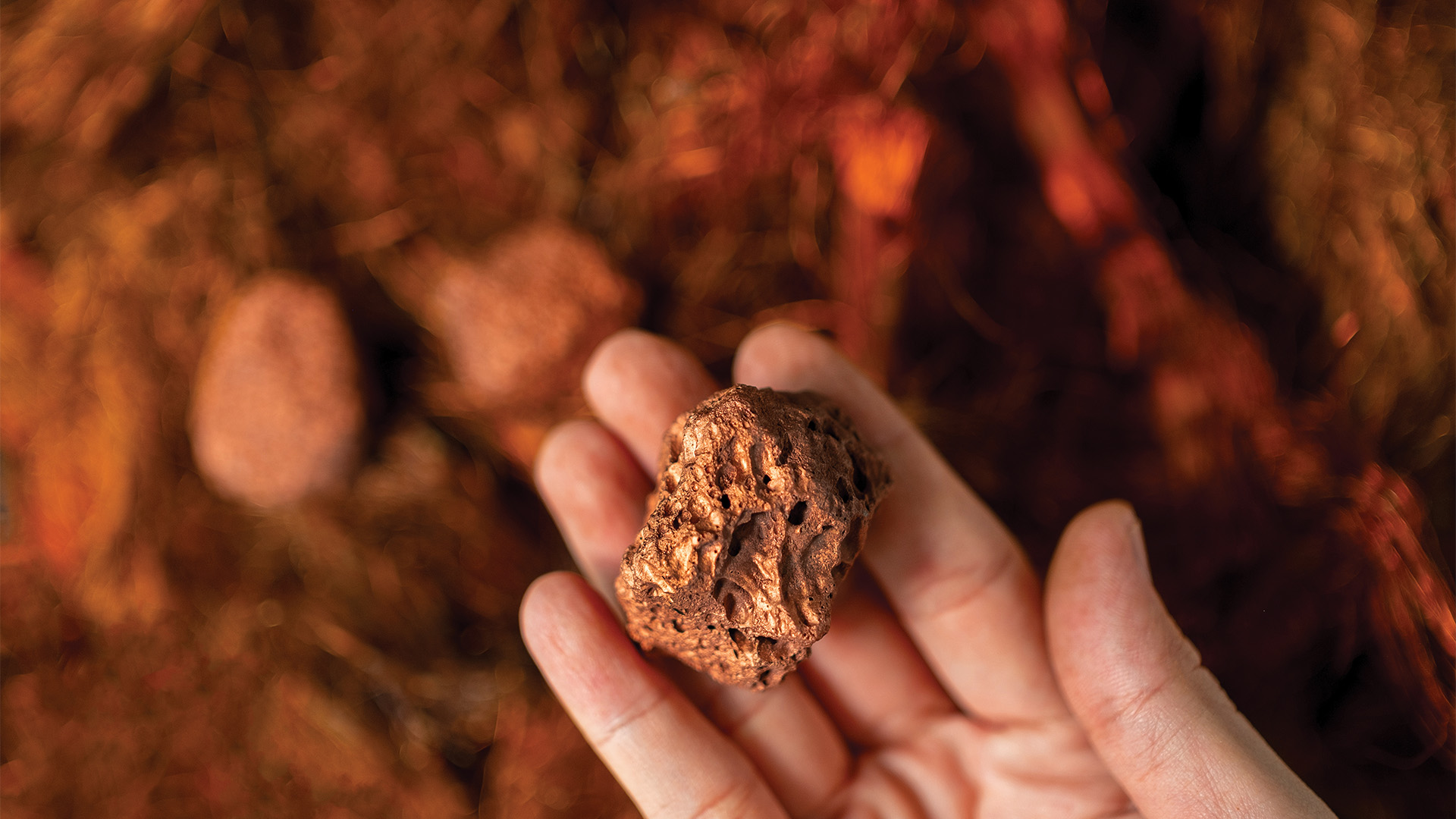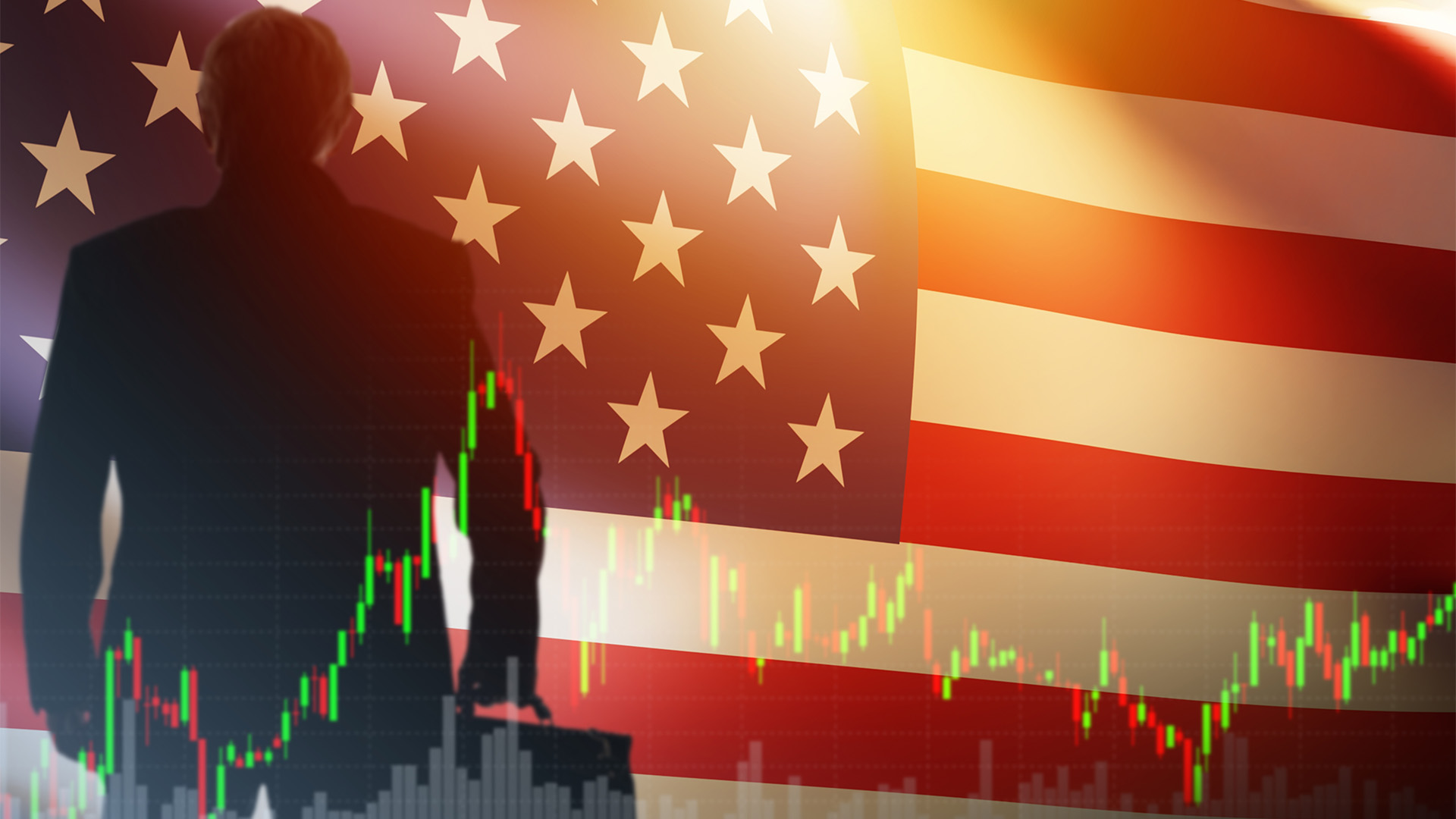Data to be released today will confirm that the Chinese economy ended 2021 dragging the chain and heading into 2022 in a less than fit state.
That’s despite record exports in December and 2021 (so much for all the doom and gloom stories on supply chain problems) and the country’s trade surplus hitting an all-time monthly and yearly high.
Exports did much better for the year than imports which were hit by the impact of weakening demand in the closing month, lower prices (which reduced import costs but didn’t generate a rise in volumes – especially iron ore and oil).
Figures on GDP, investment, retail sales and industrial production are due out – growth is tipped to be around 4% for the quarter and just under 6% for 2021 – the other data is not expected to be encouraging.
Data last week on trade, car sales and inflation was mixed – solid exports, slowing imports, easing inflation and no real growth in car sales, except for so-called New Energy Vehicles sales of which soared in December and for the year to over 3.2 million, a record.
December though did see China’s exports and imports grow more slowly as the slowdown in the world’s second-largest economy extended to the end of 2021.
While exports came in just above expectations with growth of 20% (22% in November), buoyed by ongoing solid global demand, growth in imports slowed noticeably to 19.5% from 31.7% in November.
December saw exports grow by a double-digit amount for the 15th straight month, defying many forecasts for a more sluggish performance as Covid and its variants gripped the world’s major economies and China’s biggest markets.
Still, exports hit a record $US340.5 billion in December as shipments to the US grew 21.1%, ASEAN countries by 12% percent, and the EU by more than 25%.
But the export performance was not a good indicator of what is happening in the Chinese economy where the property slide – driven by government policy – is dragging on the wider economy and pulling it towards stalling point.
For the whole 2021, exports soared 29.9% accelerating sharply from the Covid-hit 3.6% rise in 2020.
Weakening imports were a better guide to the weakness in demand in the Chinese domestic economy. Imports rose by 19.5% year-on-year in December, missing market expectations of 26.3% and slowing from a 31.7% surge in November.
This was the weakest growth in purchases since June, as domestic demand softened following sporadic COVID-19 outbreaks and the property contraction.
For full year, imports jumped a solid 30.1% to $US2.7 trillion (because of stronger demand earlier in the year), with Chinese imports of American goods rising 33.1% to $US179.5 billion for the year
The solid rise in imports and sharp slide in the pace of imports saw China rack up its highest ever monthly trade surplus of $US94.46 billion from $US75.8 billion in December, 2020.
That saw the full year surplus jump to an all-time high of $US676.8 billion from $US535 03 billion in 2020.
Exports to the US rose by 27.5% for the year to $US576.11 billion, while imports grew by 32.7% to $US179.53 billion for the year, data from china’s National Bureau of Customers showed.
For 2021, China’s trade surplus with the US was $US396.58 billion, marking the second straight year the surplus has risen since a drop between 2018 and 2019 amid trade tensions with the US.
China’s trade with Australia grew last year despite tensions between the two countries. Chinese exports to Australia rose by 24.2%, while imports climbed by 40%.
The strong rise in imports was driven by higher volumes and prices for liquified natural gas (LNG) and the record prices for iron ore up to May and then the rebound in prices from mid-November onwards after they hit a low of just over $US87 a tonne for 62% Fe fines.
That price is now up more than 50% up as of last week.
…………
The OK trade performance followed signs of a slowing in inflation in December.
In fact China’s inflation pressures eased noticeably in December but bank loans fell sharply, as the slide in the property sector bit hard.
Consumer price growth eased as vegetable supplies picked up after being hit by floods earlier in the year in November while pork prices were again soft.
The fall in both consumer and producer inflation was expected and gives the People’s Bank of China the room to cut interest rates to cushion the economy’s current property led downturn just as most major nations look to tighten policy.
For the full year, factory gate prices rose 8.1%, while consumer prices increased 0.9%. Economists had expected consumer prices to grow 2.2% in 2022, and factory-gate prices to gain 4% for the full year.
December saw the producer price index rise 10.3% from a year earlier, down from November’s 12.9%, while the consumer price index increased 1.5%, compared with 2.3% in November. Both were lower than economists expected.
Economists say this allows the People’s Bank of China to make the first cut in its key policy interest rate since April 2020, possibly as early as this week – after today’s GDP data for the 4th quarter and 2021, and the monthly and year figures on production, investment, retail sales and property sales.
Loans fell in value and volume in December but still rose from the depressed 2020 level for the year as a whole.













